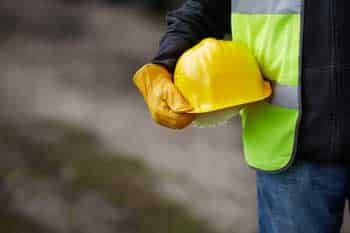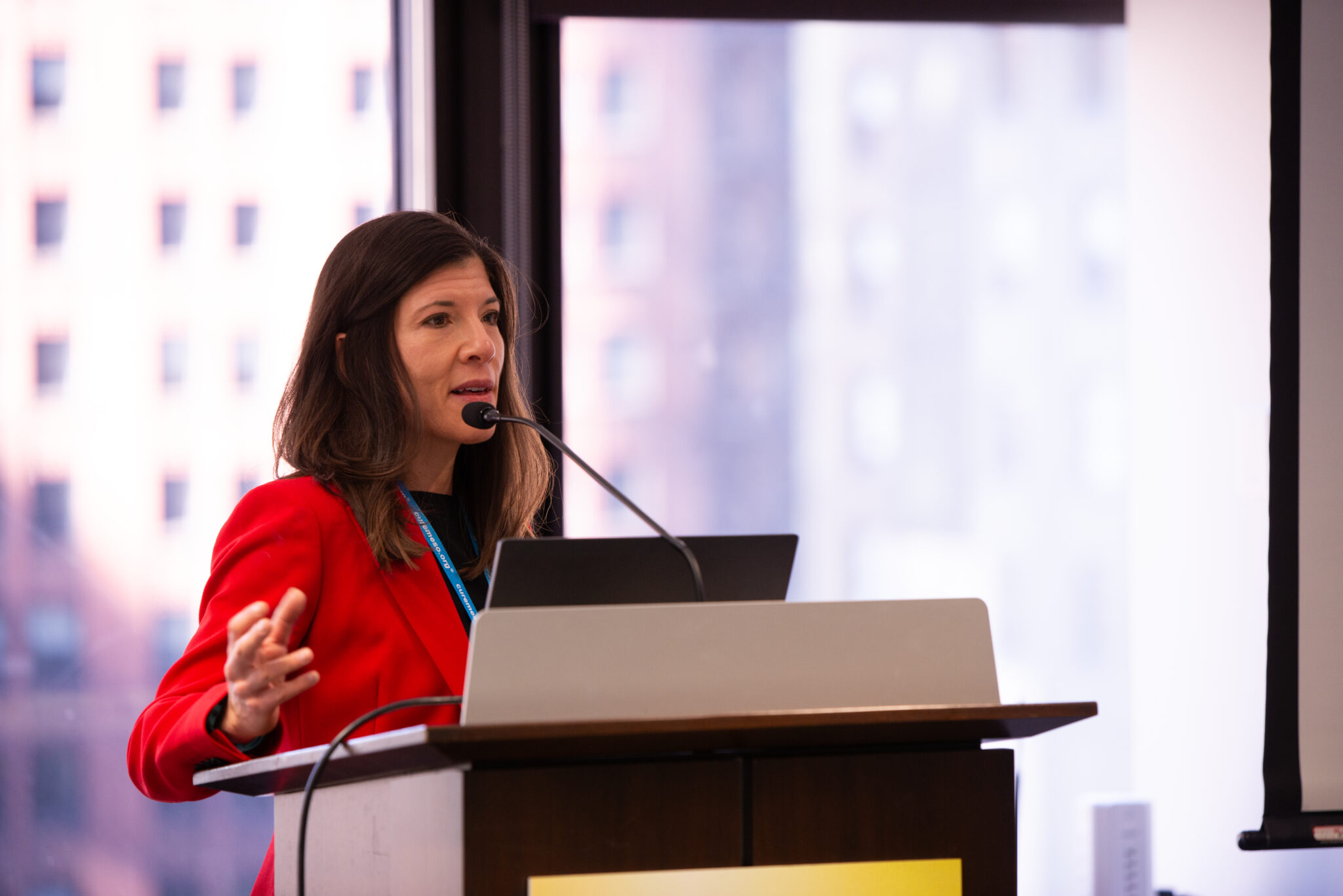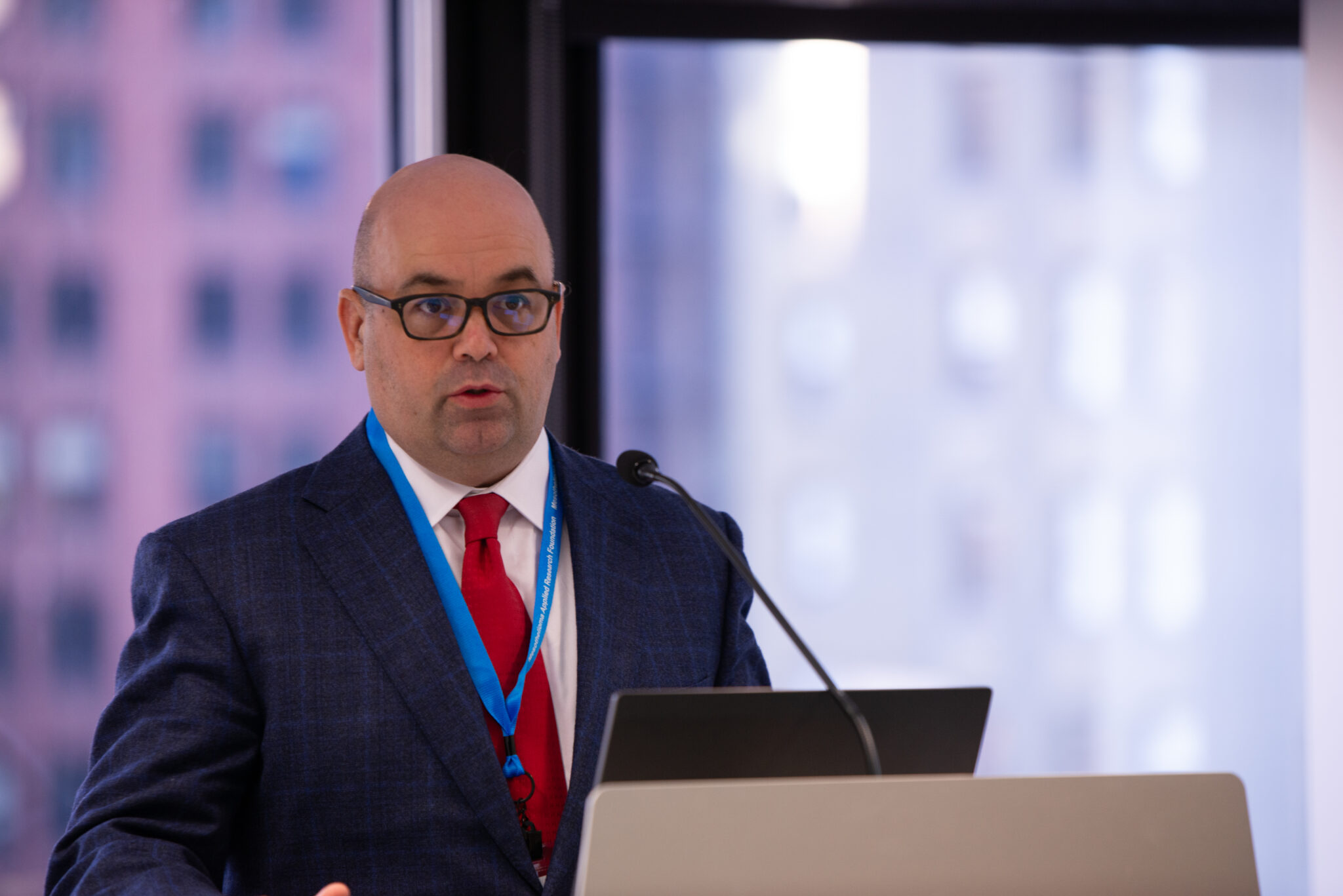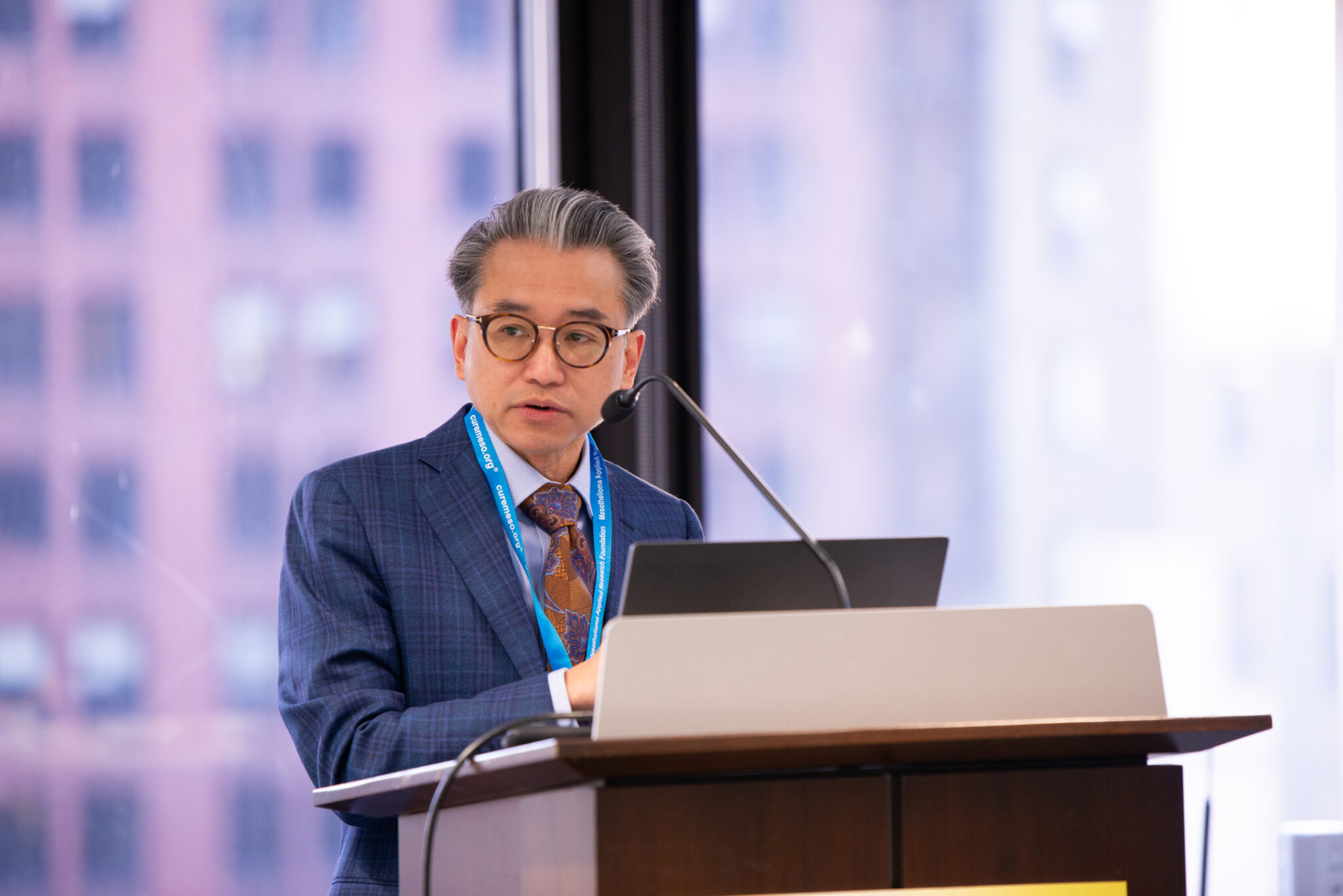 Asbestos does not always affect only the initial person exposed. Take-home exposure, also known as secondary exposure or bystander exposure, is occupational exposure carried from the work place to the home, which exposes loved ones to the same toxins as the worker. These exposures will play a large role in ‘round two’ of asbestos disease. These exposures venture down many pathways; through laundry, wearing work boots throughout the house, using the same vehicle for work and family, or simply hugging a loved one when returning home from work.
Asbestos does not always affect only the initial person exposed. Take-home exposure, also known as secondary exposure or bystander exposure, is occupational exposure carried from the work place to the home, which exposes loved ones to the same toxins as the worker. These exposures will play a large role in ‘round two’ of asbestos disease. These exposures venture down many pathways; through laundry, wearing work boots throughout the house, using the same vehicle for work and family, or simply hugging a loved one when returning home from work.
When discussing this topic, Diane Blackburn-Zambetti, Director of Policy and Prevention Education at the Meso Foundation, stated, “In my career as a radiation therapist, I had the opportunity to treat not only one of my father’s co-workers, but both of his daughters for asbestos related diseases in an 8 year time span.”
Take-home asbestos exposures are not uncommon. In speaking with the mesothelioma community, Diane met various individuals affected by take-home exposures. In the late 1950s, the wife of a Steelworker was diagnosed with mesothelioma and passed away shortly after. Linda Papa lost her mom from take-home exposures she experienced while doing her husband’s laundry.
One man in the mesothelioma community was a proud IBEW 1 tradesman for 40 years. On Christmas Eve in 2004, he was admitted to the hospital and diagnosed with lung cancer that had metastasized to his brain. He passed away in 6 weeks. One year later, his daughter was diagnosed with peritoneal mesothelioma.
In 2015, the work force has become more safety-oriented. This is not to guarantee that take-home exposures do not and will not occur, as mentioned above. In the mesothelioma community, it is more important than ever to educate and utilize the tools provided by the Meso Foundation to change the focus to STOP – LOOK – THINK when dealing with asbestos.
For more information about primary asbestos exposure and take-home exposure, visit curemeso.org/asbestos.





